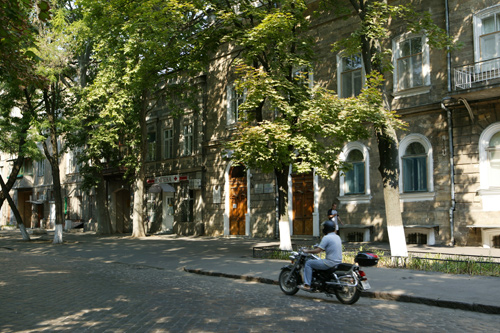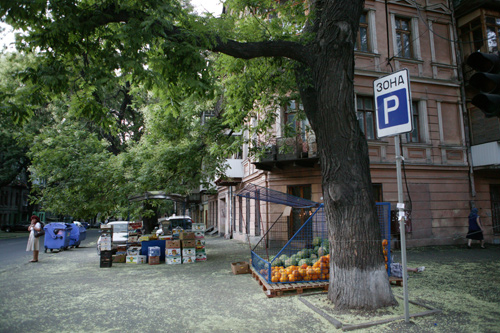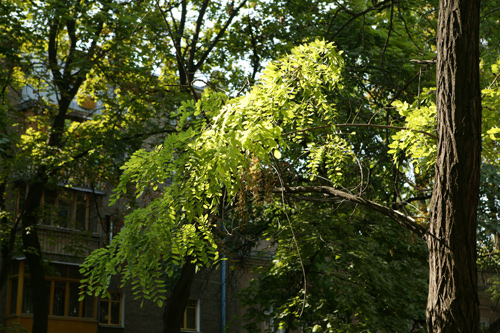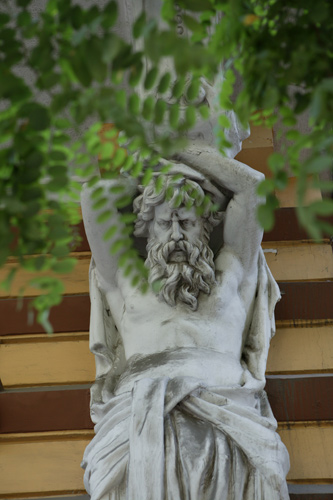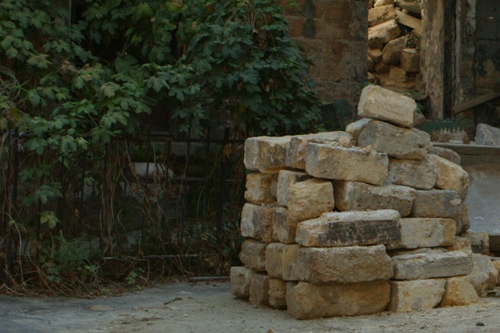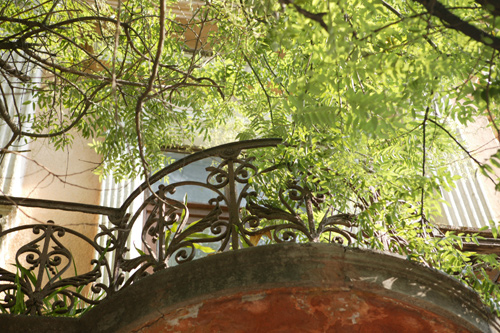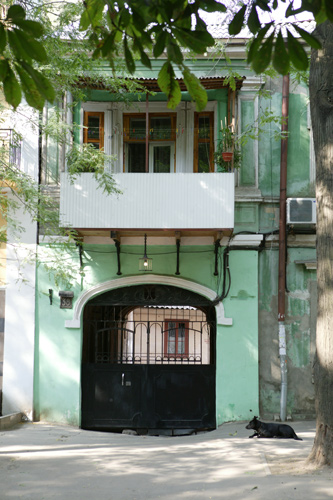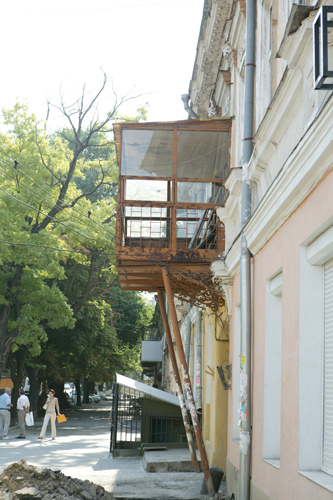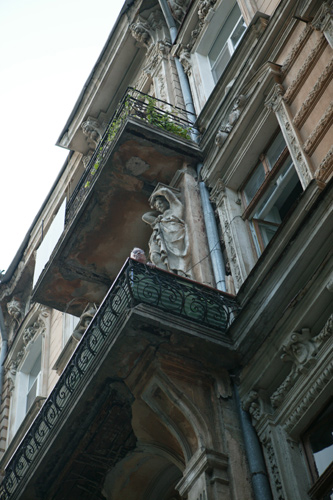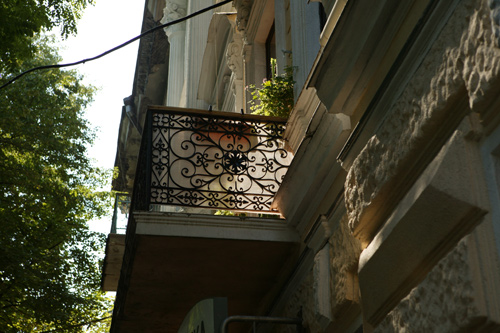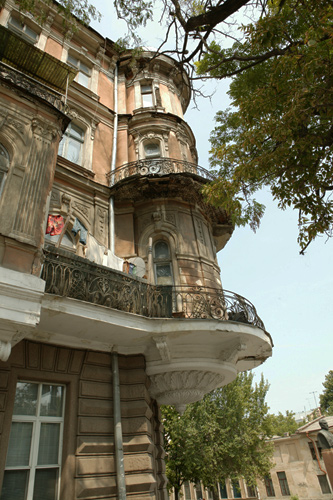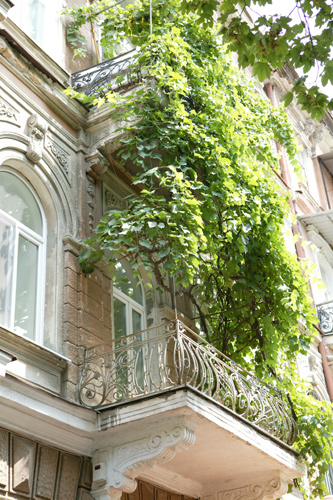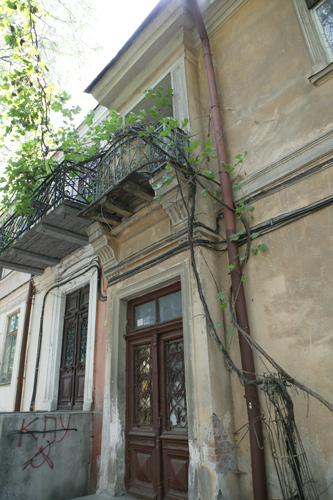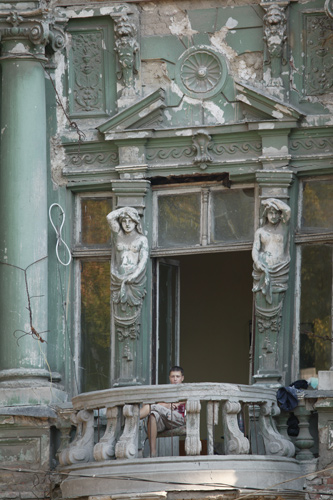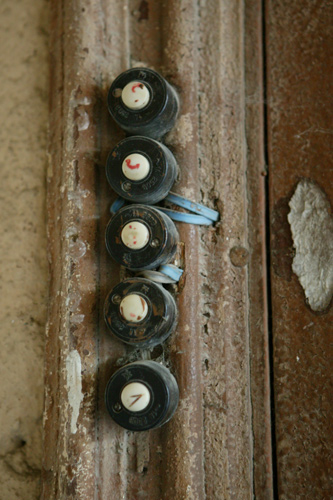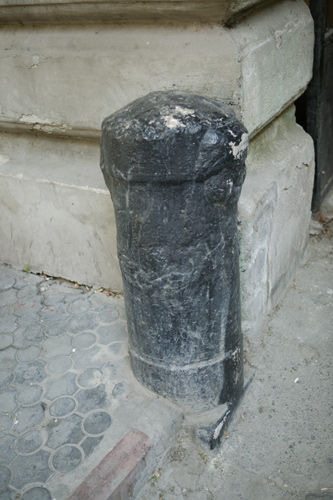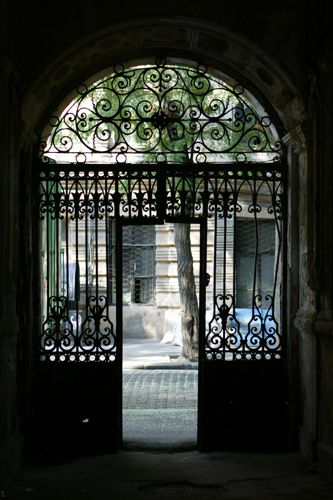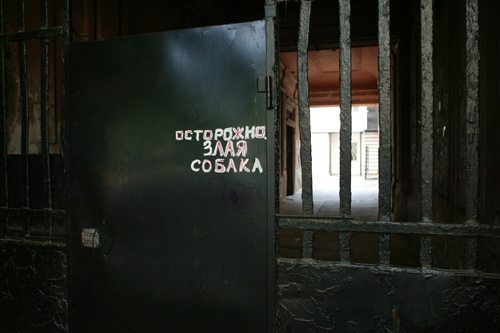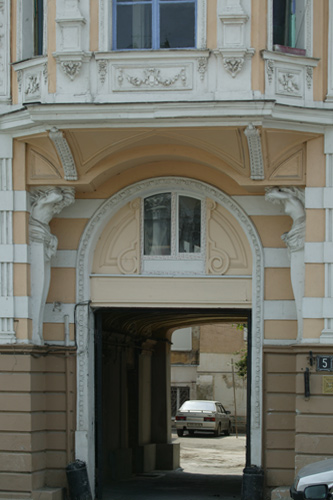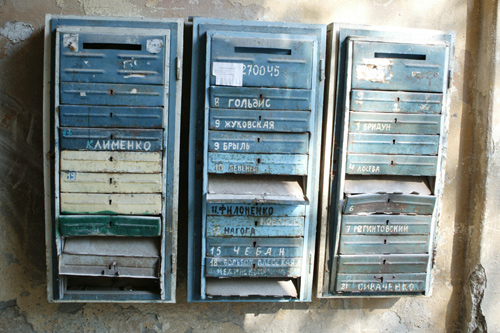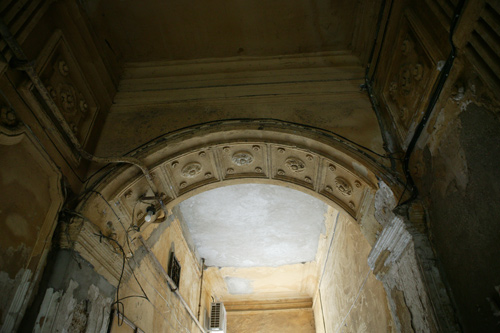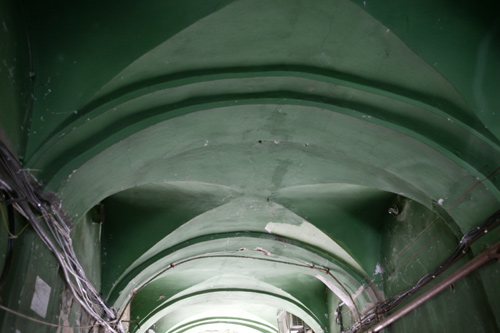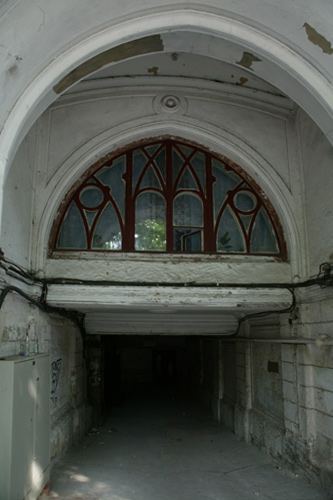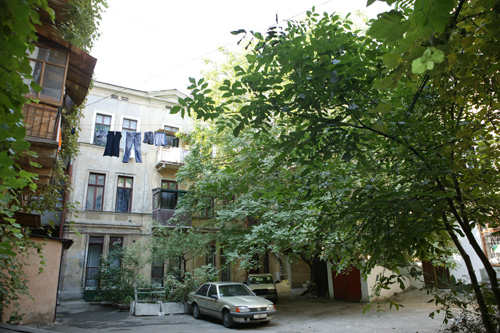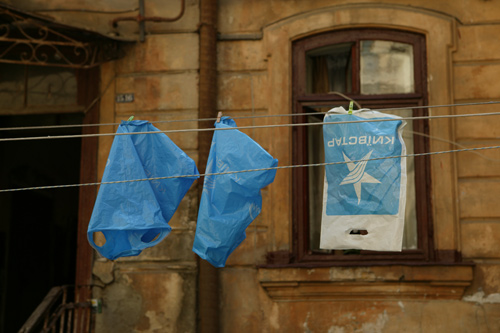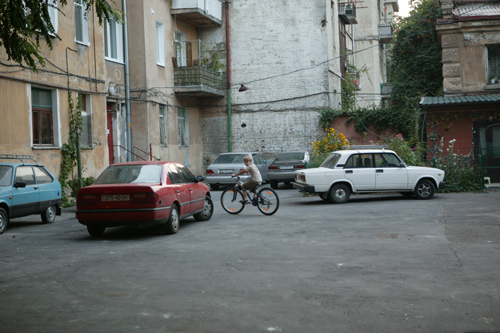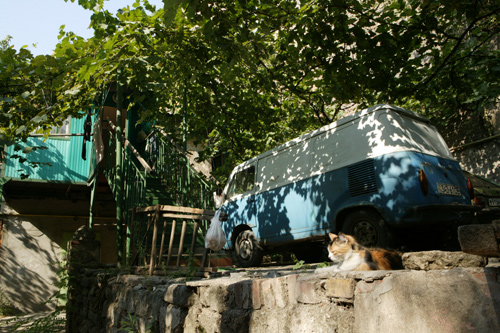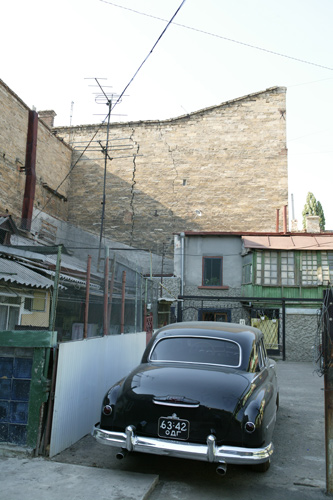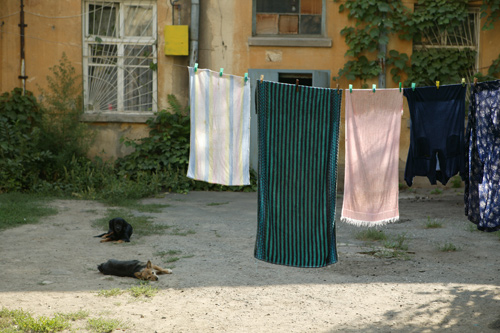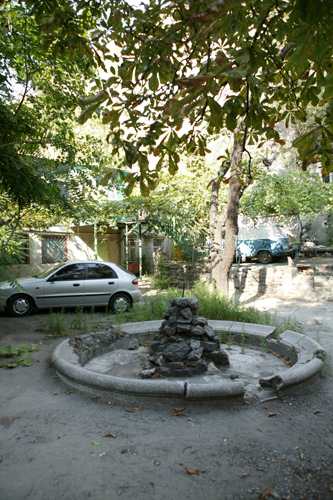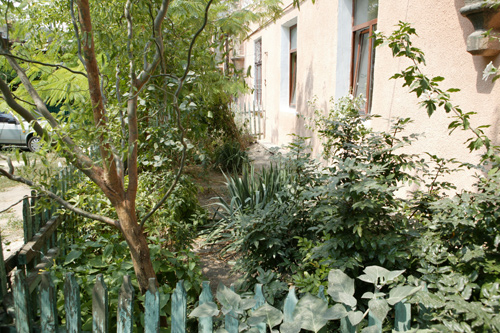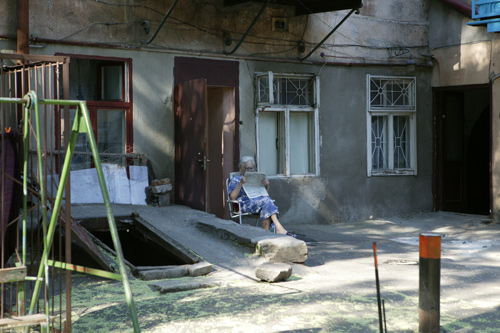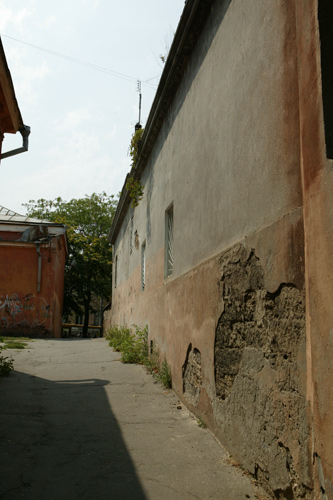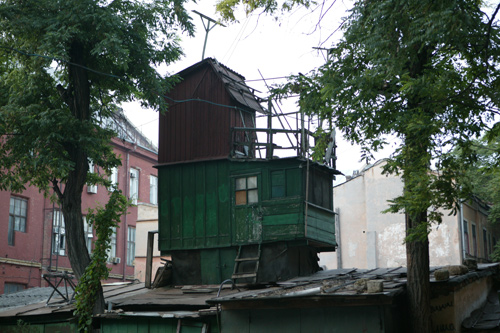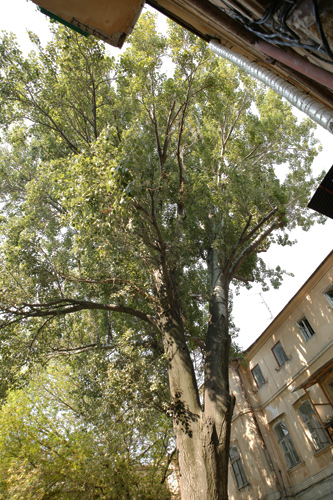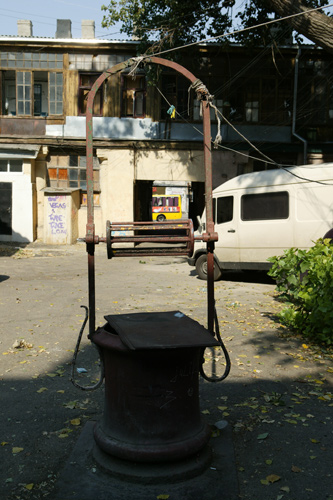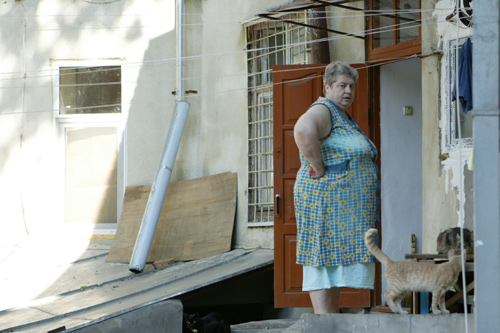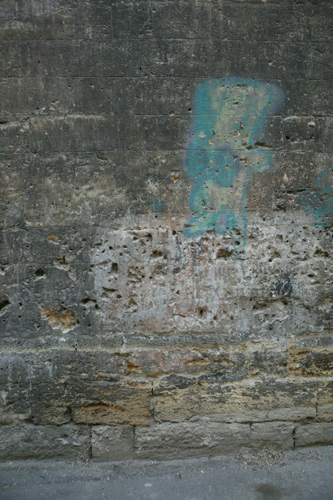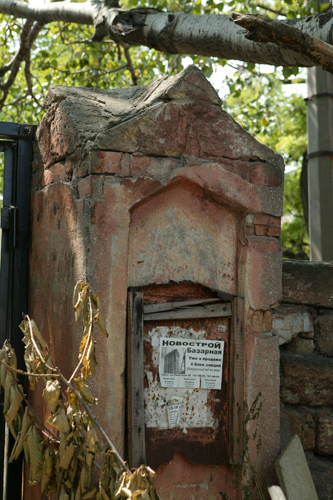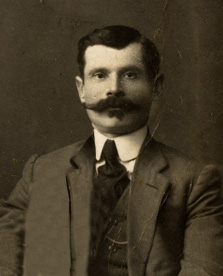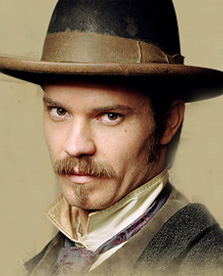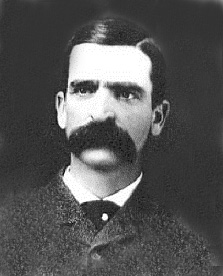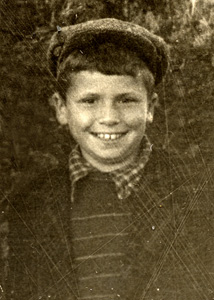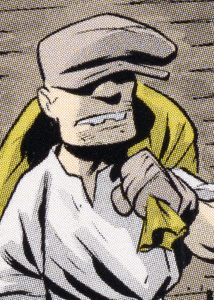“Bureaucrat Conrad, you are technically correct — the best kind of correct.” (Futurama, 2acv11: How Hermes Requisitioned His Groove Back).
Today I would like to talk to you about an afflicion that affects a large number ot tech workers: a penchant for finding the most technically correct and the most useless way to answer one’s queries.
Here’s an example of my interaction with my favorite support engineer at our hosting company. We were chatting about DNS setup, and it was perfectly clear to him that what I meant to ask was “is it an A record or a CNAME record”.
“2:31 PM me: what kind of a record is it?
2:31 PM him: A DNS record :)”
This brand of humor probably has its beginnings in early computer games, like Zork, where the computer would answer your questions only when they were asked “correctly”. Techies often take this kind of humor to ridiculous extremes.
For instance, I have a high school friend, L. A brilliant programmer, he likes to think that it’s hilarious to answer every single question this way. L lives in New York. I once was talking to another friend of mine, R, who is not a techie and who lives in Boston. I was telling her about L’s penchant for being technically correct. I illustrated this phenomenon with an old Soviet joke:
“Sherlock Holmes and Dr. Watson went on a hot air balloon ride. A storm took the balloon above the clouds, and after a few days brought it down close to the ground. Below a man was herding sheep.
– “Where are we?” – Dr. Watson cried to him.
– The man looked at them and replied – “You are in a hot air balloon.”
The wind once again picked up and pulled the balloon beyond clouds.
– “What do you think that man’s profession is?” – asked Holmes.
– “Why, he’s a shepherd” – answered Watson.
– “No, he’s a computer programmer”.
– “Why do you think so?”
– “Elementary, my dear Watson. His answer was technically correct, but absolutely useless. So, where do you think we are now?”
– “I have no idea – he didn’t say, did he?”
– “We are in the Soviet Union.”
– “Why?”
– “A computer programmer is herding sheep.””
My friend laughed, but I insisted that L was really like that in real life.
A few months later R called me and said, “You won’t believe this story. I was in New York, walking down Brighton beach. I really needed to get some cash. I asked a passerby – “Excuse me, where’s the closest ATM?”. “Why, in the closest bank, of course” – he answered with a smile. R stared for a bit, and then said, “say, is your name L, by any chance?””.
It was indeed L, whom she randomly met in NYC.
I laughed, and told her another, old Jewish joke about search algorithms and certain applications of the Drake Equation.
“Two Jews, one young and one old, are riding Kiev – Odessa train. The old one is looking at the young one and thinking to himself –
“This young man, he’s either going to get off at Zmerinka or at Odessa. You only go to Odessa to make money or to spend money. He’s too young to make money and too shabbily dressed to spend money, so he’s going to Zmerinka. You only go to Jmerinka for weddings or for funerals. Nobody died for a while, so he’s going to a wedding. He’s not carriying a present, so he’s going to his own wedding. There are only two eligible brides – Sarah and Rebecca. But Rebecca just got married, so this means he’s going to marry Sarah. Sarah is not very good looking and has a bad temper, so only a total putz would marry her. Now, who’s a total putz in Kiev?”
– “Excuse me, are you Shlomo, Moishe Rabinowitz’s son?” – he asks the younger gentleman.
“Yes I am, do you know me?” – says they youngster.
“No, I don’t know you,” – says the old man – “but I figured you out”.
